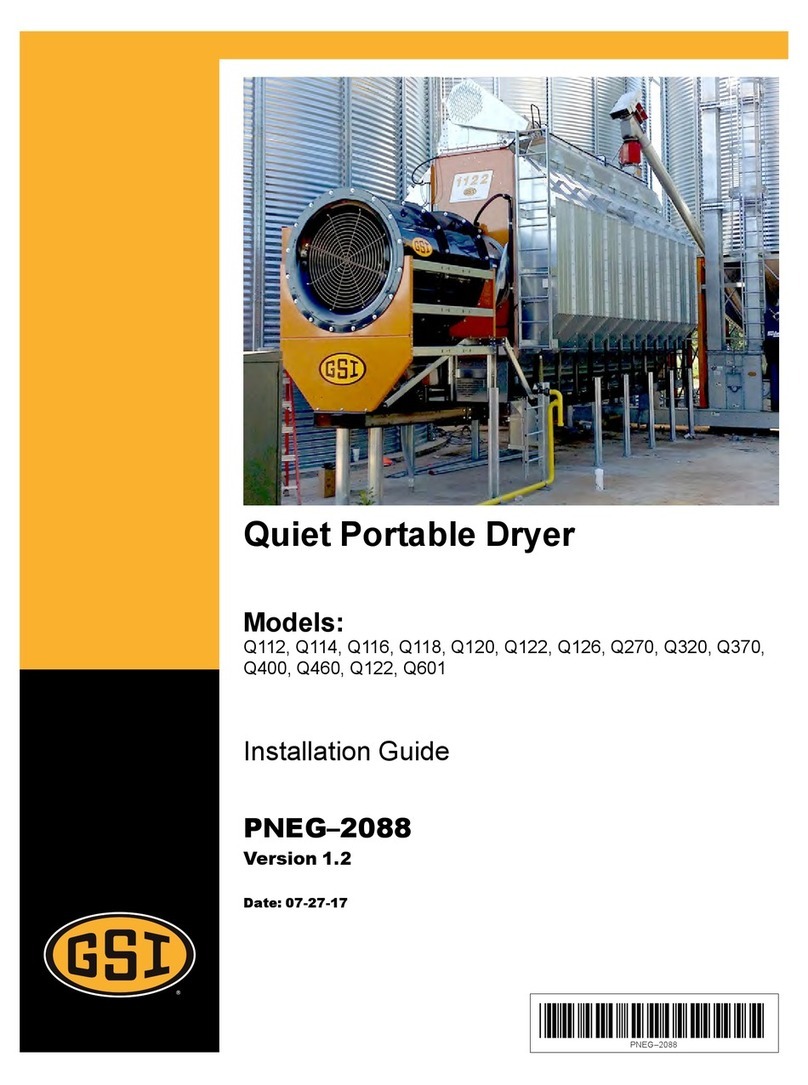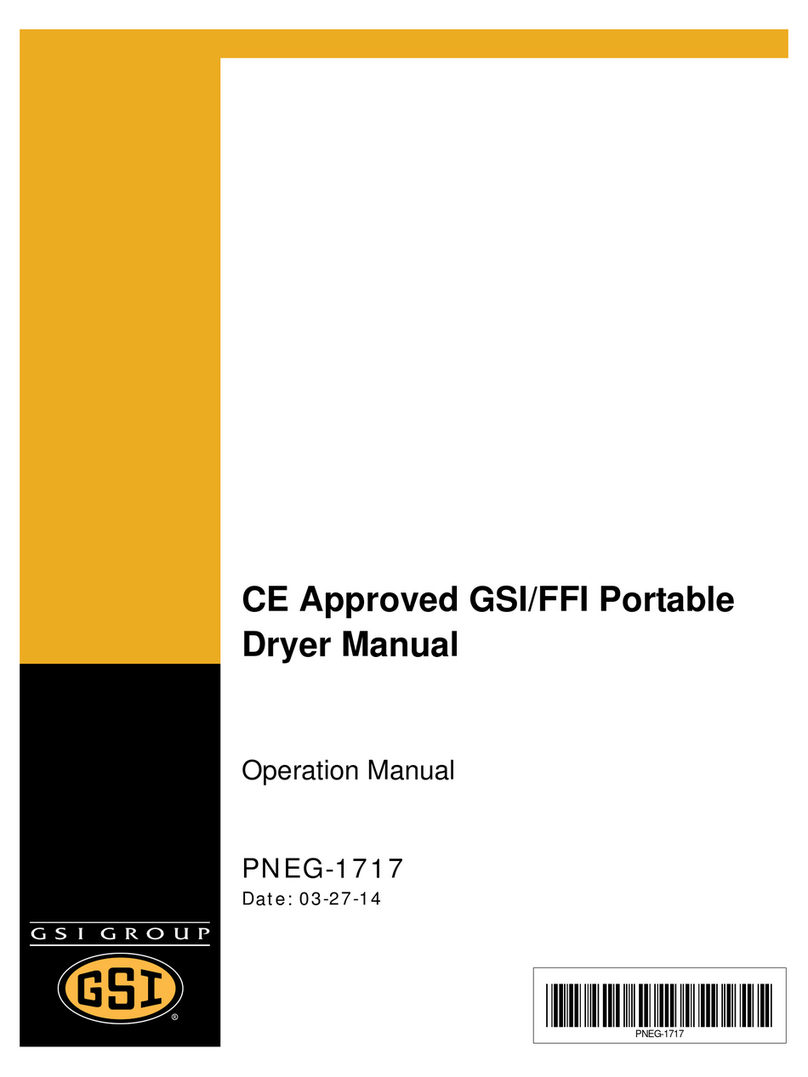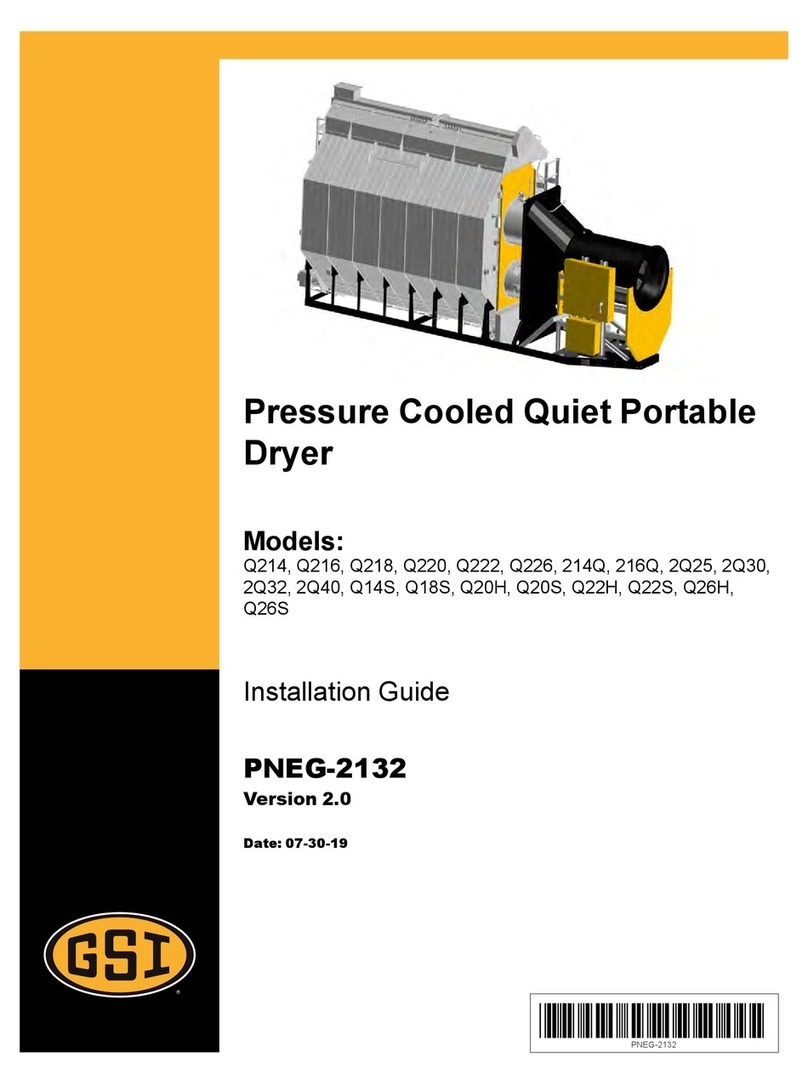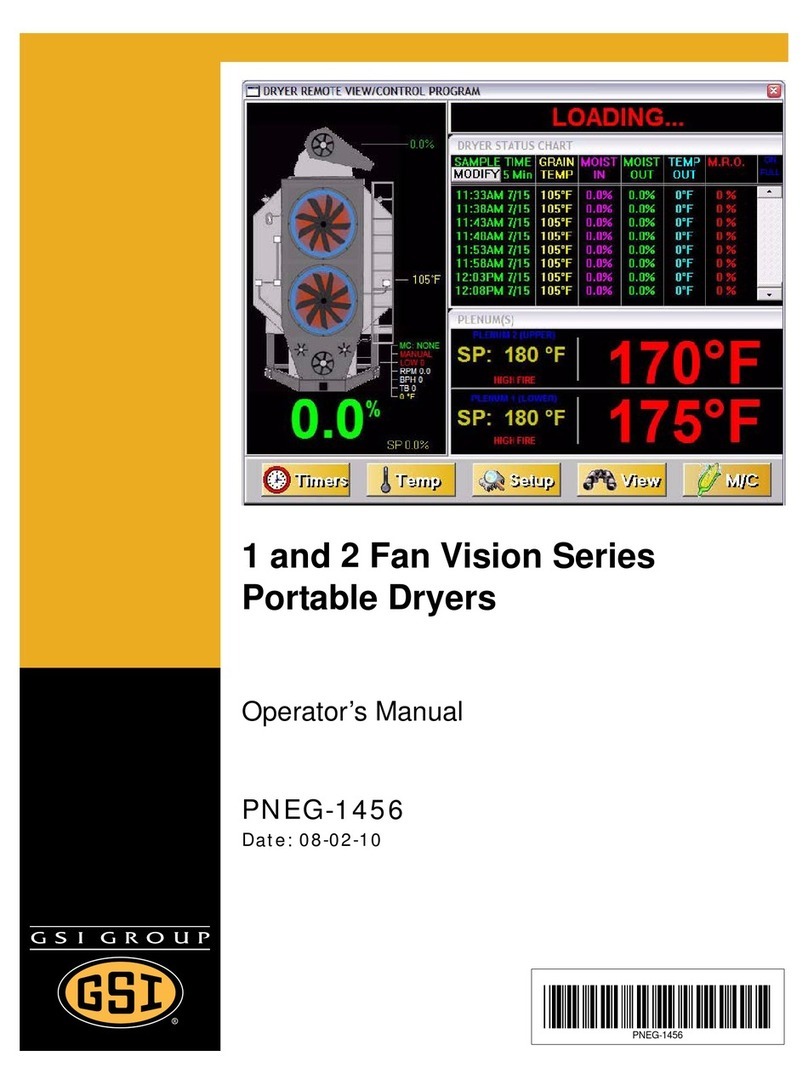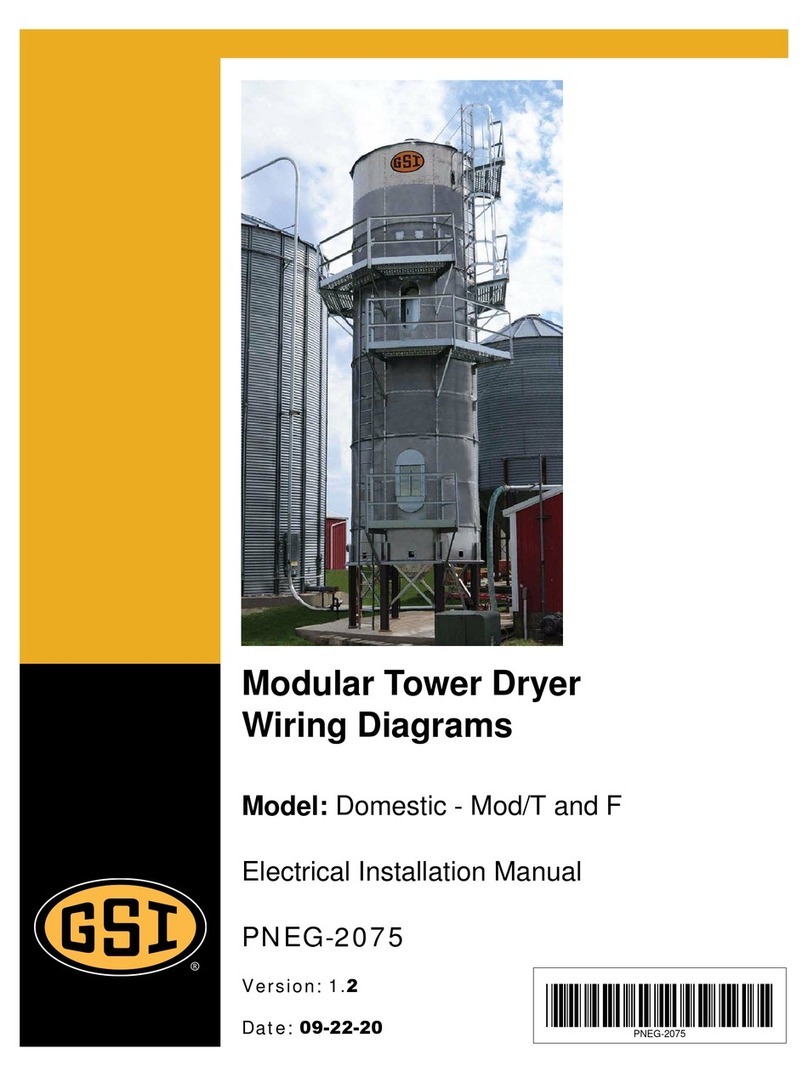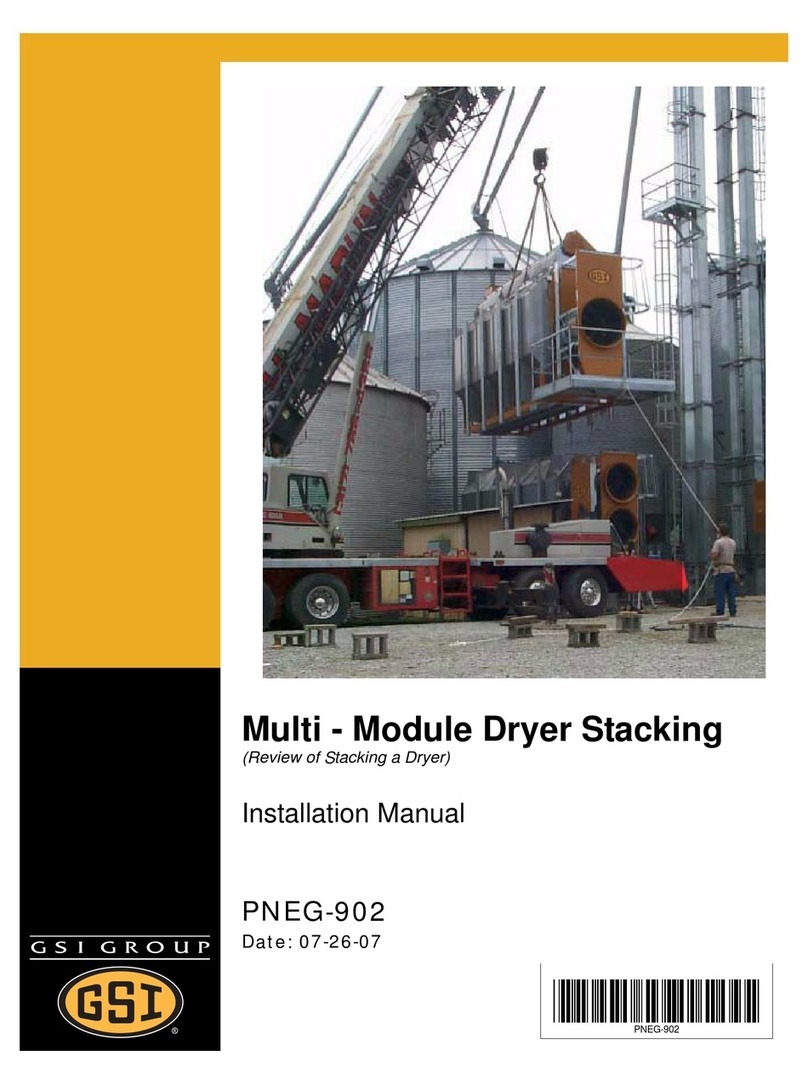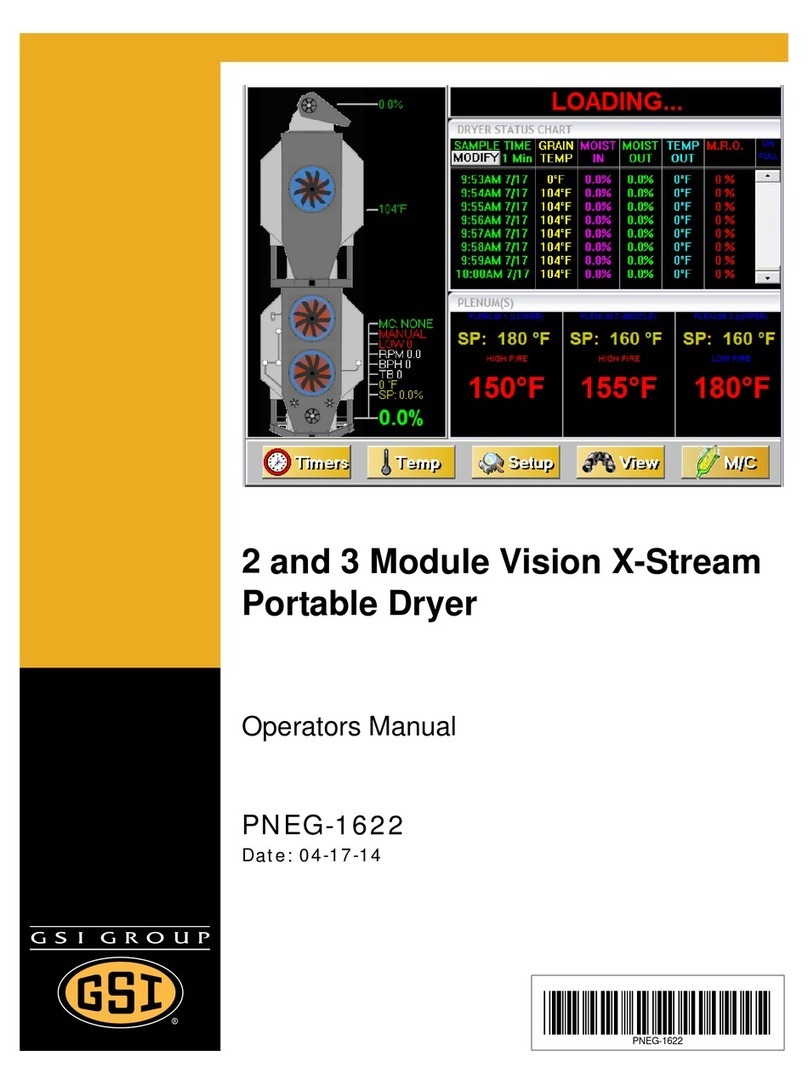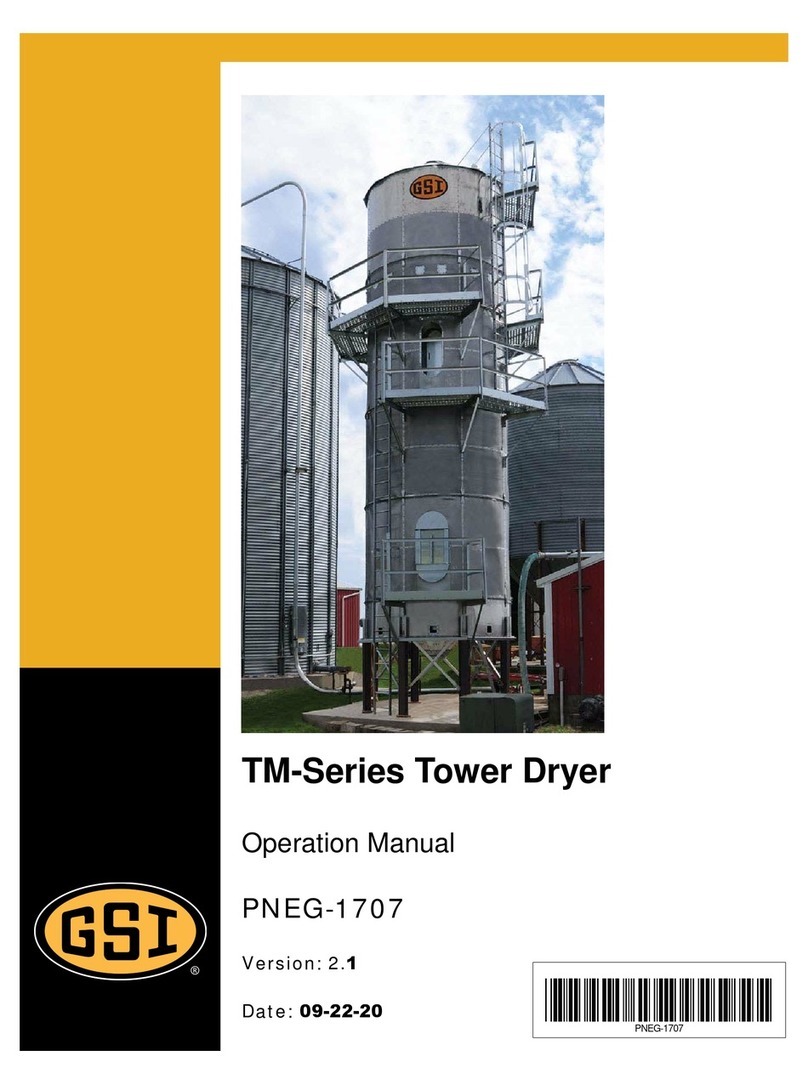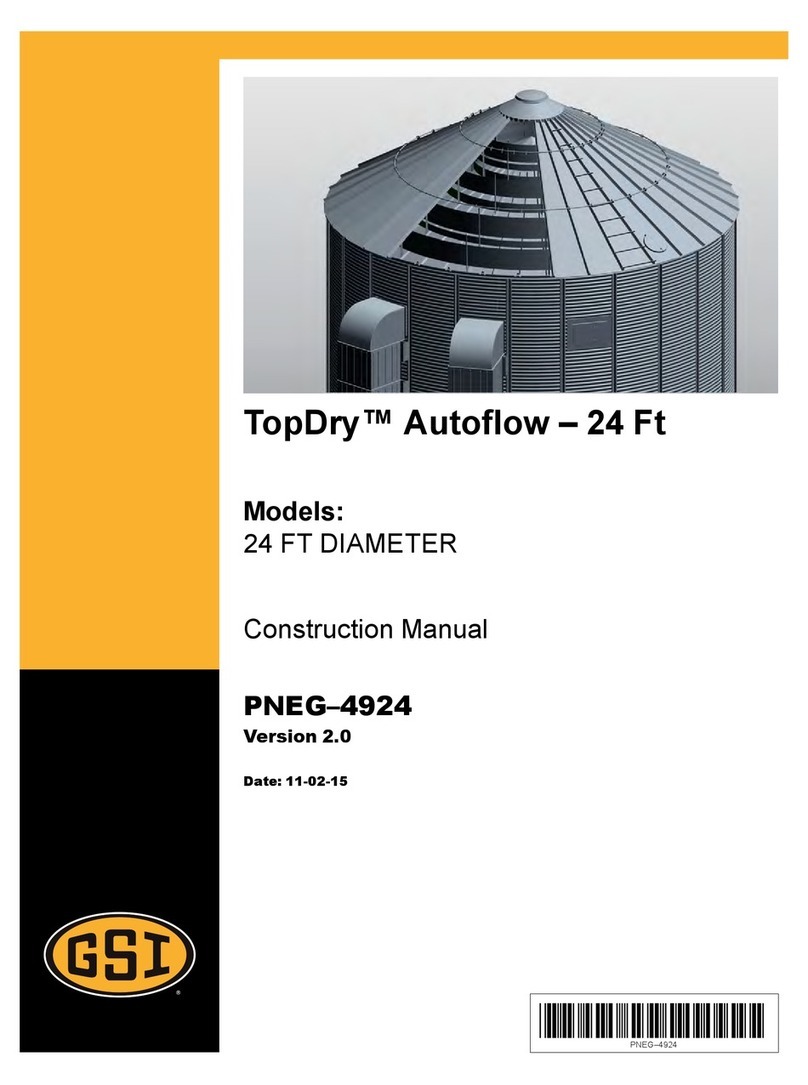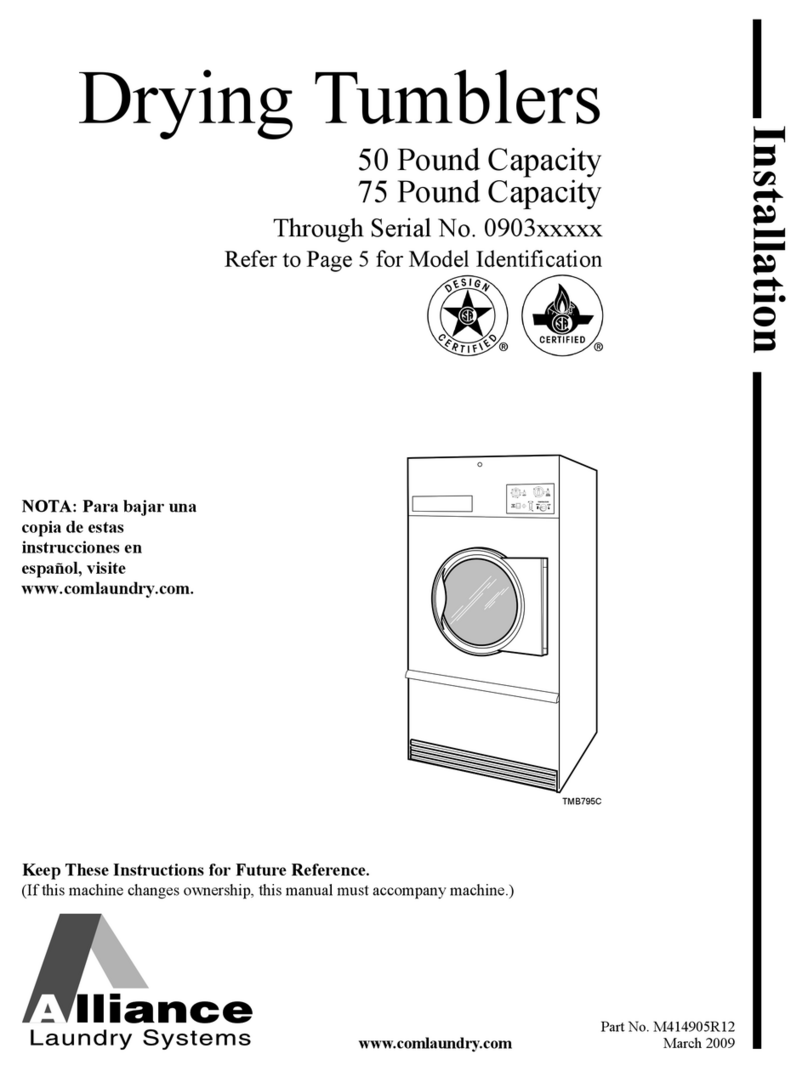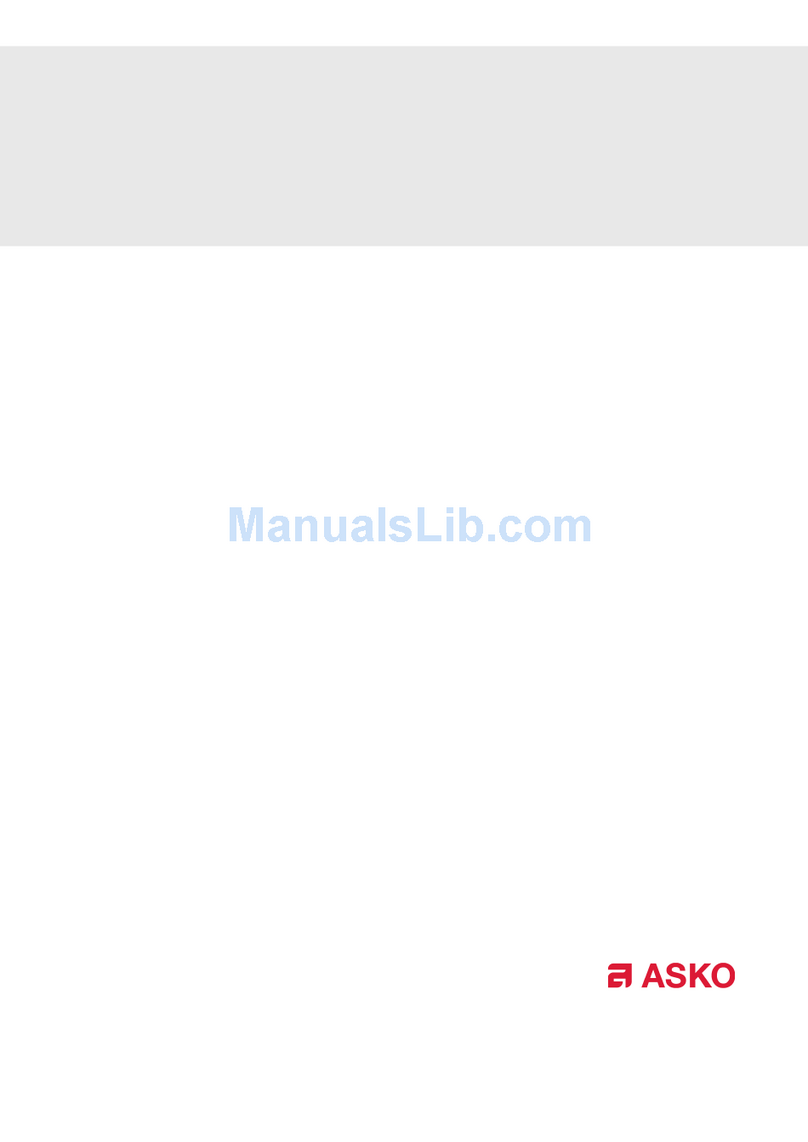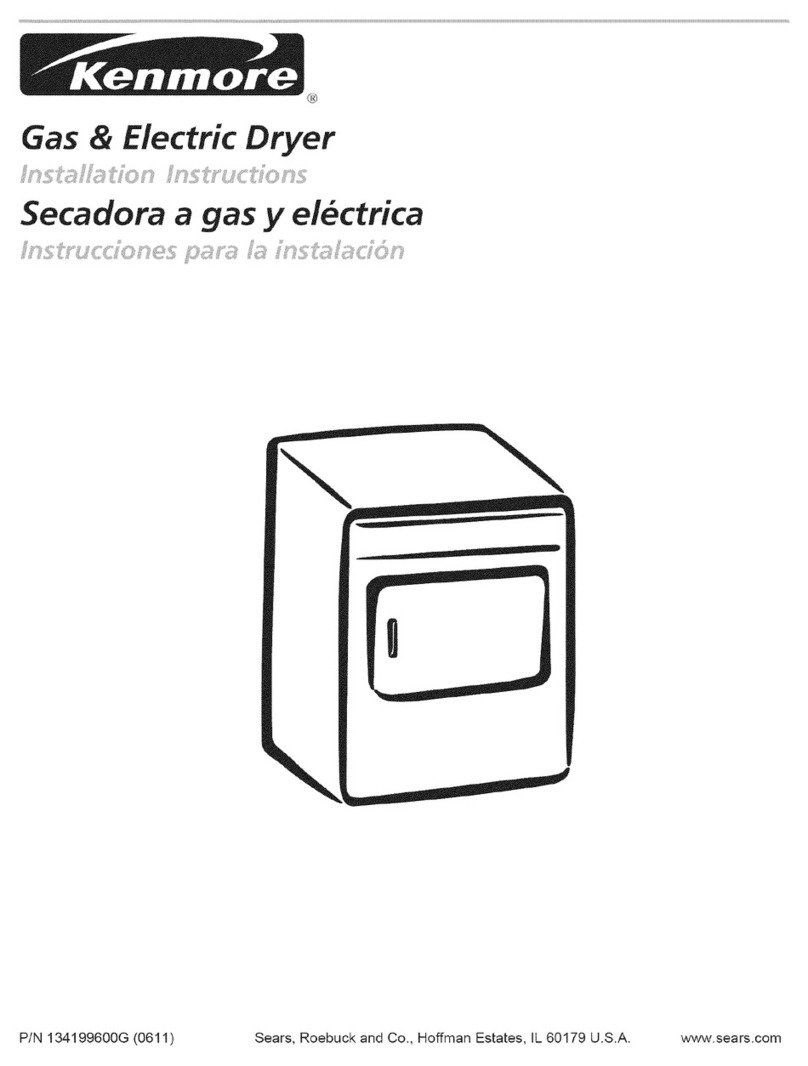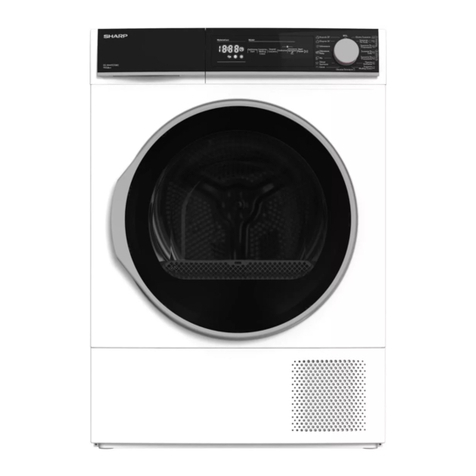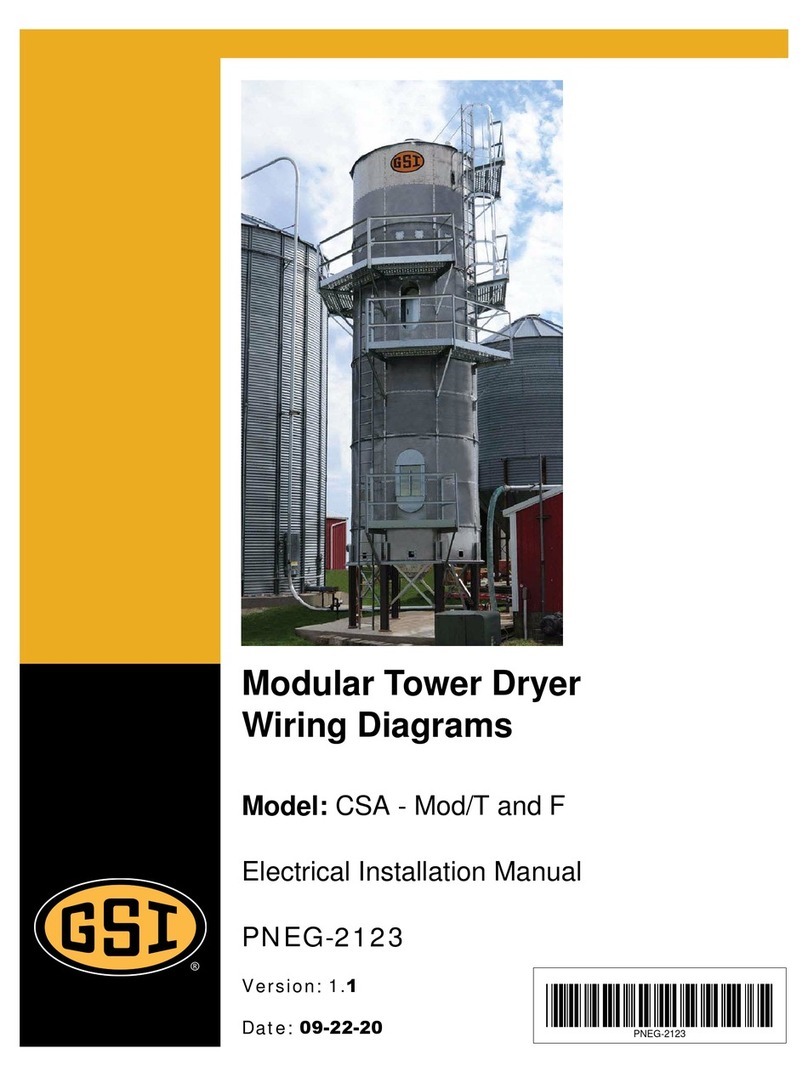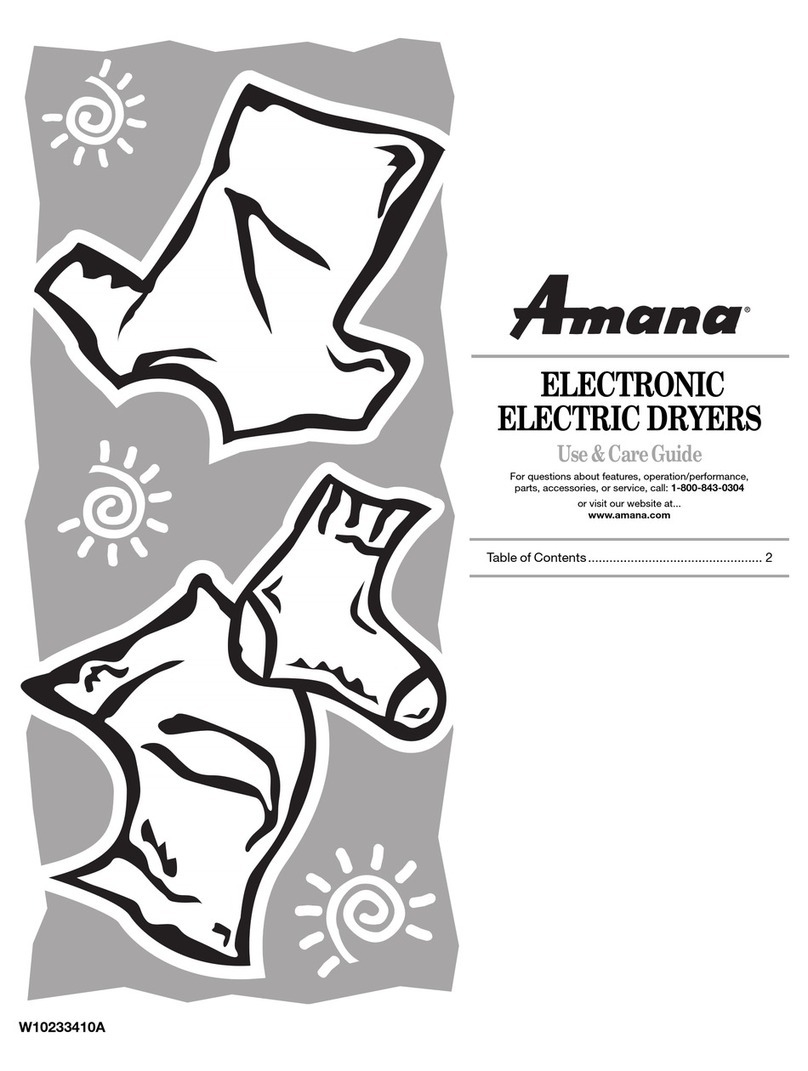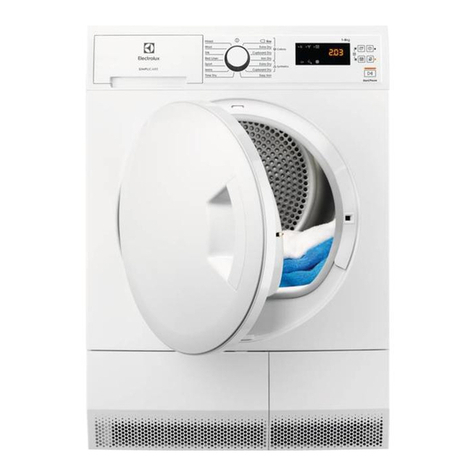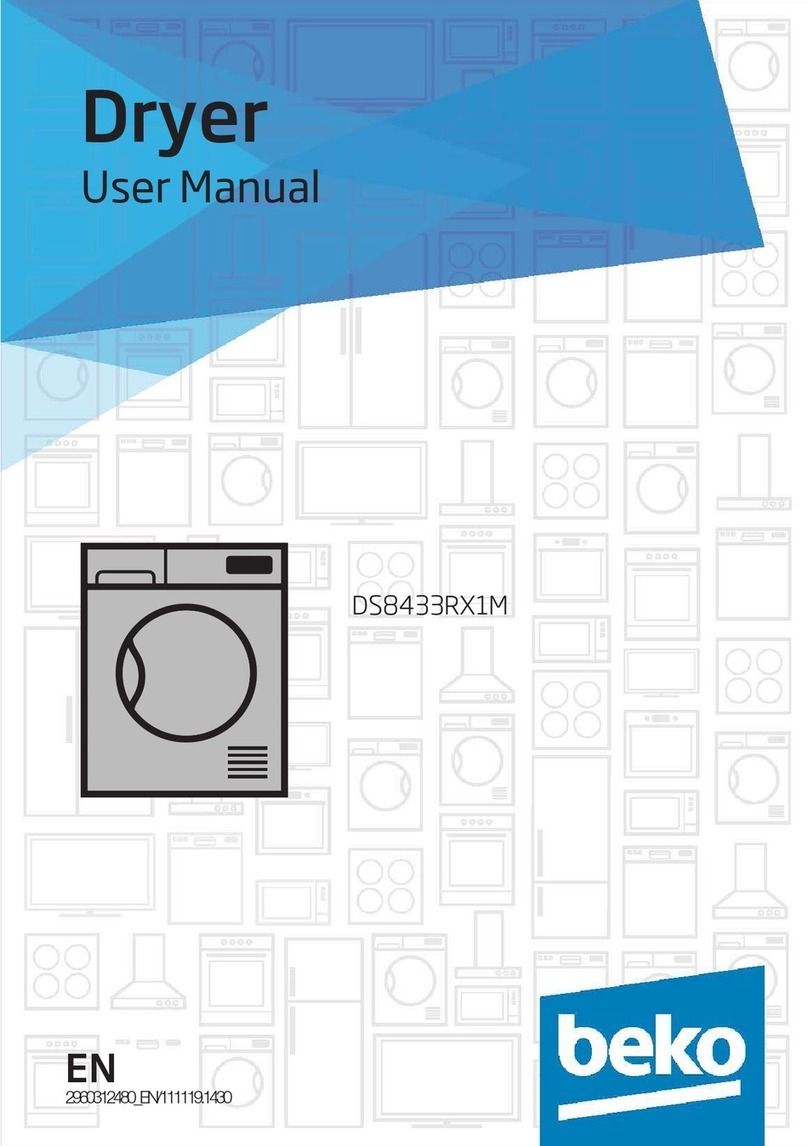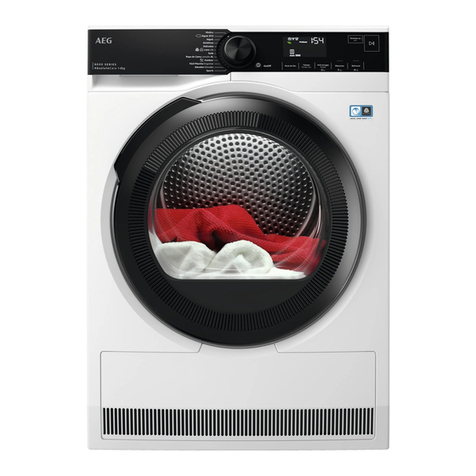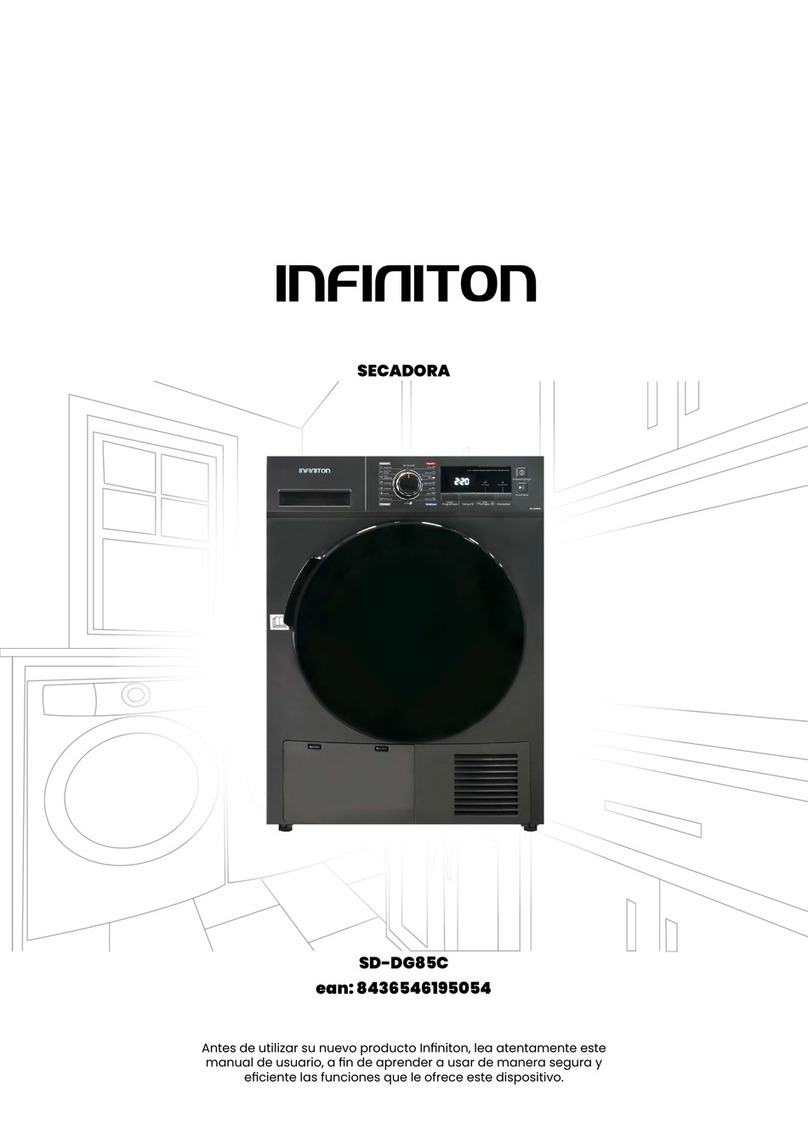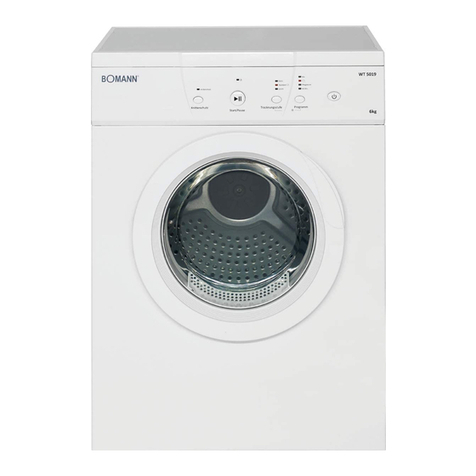
Contents
Chapter 1 Safety Precautions ....................................................................................................................5
Safety Guidelines for Portable Dryers ...........................................................................................5
Cautionary Symbol Definitions......................................................................................................6
Safety Decals for Portable Dryers.................................................................................................7
Chapter 2 Installation Guidelines.............................................................................................................11
Guidelines for Transporting a Portable Dryer ............................................................................... 11
Guidelines for Placing a Portable Dryer .......................................................................................12
Recommendations for a Single-Module Dryer Foundation ............................................................12
Chapter 3 Dryer Supports........................................................................................................................15
Guidelines for Supporting the Dryer with Concrete Blocks ............................................................15
Guidelines for Supporting the Dryer with Leg Stands....................................................................16
Leg Stand Spacing ....................................................................................................................16
Installing Front and Rear Anchor Plates ......................................................................................17
Installing a Leg Stand to the Dryer Basket Corner ........................................................................18
Installing a Leg Stand Along the Dryer Frame .............................................................................. 19
Installing the Leg Stands Behind the Hitch Frame ........................................................................21
Chapter 4 Hitch Ladder............................................................................................................................23
Hitch Ladder Packages..............................................................................................................23
Installing the Hitch Ladder Support Bracket to the Hitch Channel ..................................................24
Installing the Ladder Standoff Bracket to the Hitch Ladder Support Bracket ...................................25
Installing the Ladder to the Ladder Standoff Brackets...................................................................26
Installing the End Cap to the Ladder ...........................................................................................26
Chapter 5 Rear Access Ladder ................................................................................................................29
Installing the Rear Ladder Support Brackets................................................................................29
Installing the Ladder Standoff Brackets to the Rear Ladder Support Brackets ................................31
Chapter 6 Installing the Wet Bin ..............................................................................................................33
Raising the Load Auger .............................................................................................................33
Securing the Dryer Wet Bin Sides...............................................................................................35
Installing the Belt Guard and Load Motor.....................................................................................36
Installing the Drive Sheaves and Belts ........................................................................................37
Installing the Belt Guard Cover...................................................................................................38
Installing the Grain Intake Hopper...............................................................................................39
The Parts of the Dryer Wet Bin ...................................................................................................40
Chapter 7 Moisture Sampler ....................................................................................................................43
Installing the Moisture Sampler ..................................................................................................43
Blower Cover Assembly Parts (D04–1016)..................................................................................48
Moisture Sampler Hose Parts (D04–1023) ..................................................................................49
220V Moisture Sampler Blower Wiring Diagram...........................................................................50
400V Moisture Sampler Blower Wiring Diagram...........................................................................51
480V Moisture Sampler Blower Wiring Diagram...........................................................................52
600V Moisture Sampler Blower Wiring Diagram...........................................................................53
Chapter 8 Power Supply ..........................................................................................................................55
Guidelines for Supplying Adequate Power...................................................................................55
Installing the Machine-to-Earth Grounding Rod............................................................................55
Guidelines for Powering Auxiliary Conveyors...............................................................................57
Specifications for the Electrical Load on a Portable Dryer .............................................................57
Chapter 9 Fuel Supply .............................................................................................................................63
Guidelines for Connecting a Liquid Propane Supply Tank to a Dryer..............................................63
Specifications and Recommendations for Liquid Propane ............................................................64
Guidelines for Connecting Natural Gas to a Dryer ........................................................................65
Specifications and Recommendations for Natural Gas .................................................................66
PNEG-1891 Portable Dryers 3
